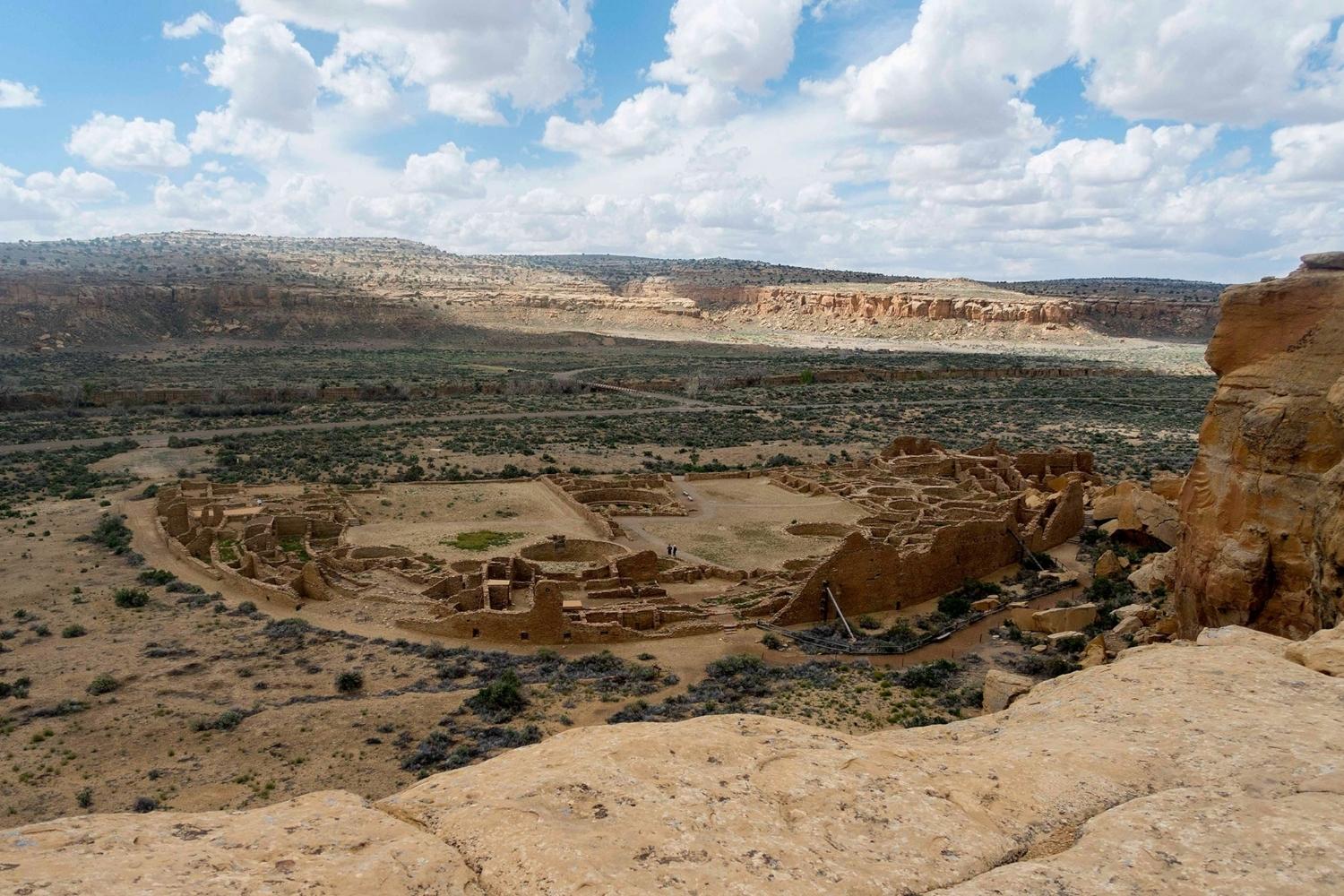Mysteries Of Ancient Stones In Chaco New Mexico

Have you ever wondered about the ancient stones in Chaco Canyon, New Mexico? This place is like a giant puzzle from the past. Long ago, the Ancestral Puebloans built massive stone structures here. These buildings, called "great houses," were made with precision and skill. Some stones weigh as much as a car! But why did they build them? Some think these structures were for ceremonies or gatherings. Others believe they were homes or storage places. The canyon's layout even aligns with the sun and moon, showing a deep understanding of astronomy. Today, visitors can walk among these ruins and feel the mystery of a civilization that thrived over a thousand years ago. It's a place where history whispers through the wind, inviting everyone to imagine life in a time long gone.
Ancient Wonders of Chaco Canyon
Chaco Canyon in New Mexico is a place where history whispers through the wind. This ancient site, once a bustling center of Puebloan culture, holds secrets etched in stone. Let's explore some of the most intriguing ancient stones that tell tales of a bygone era.
- Pueblo Bonito
Pueblo Bonito stands as the largest and most famous of the Chacoan great houses. Its massive stone walls and intricate design reflect the architectural genius of the Ancestral Puebloans. Walking through its ruins, you can almost hear the echoes of the past.
- Fajada Butte
Fajada Butte is not just a striking natural formation; it is also home to the Sun Dagger. This ancient solar calendar marks the solstices and equinoxes with precision. The interplay of light and shadow on the stones reveals the astronomical knowledge of its creators.
- Chetro Ketl
Chetro Ketl, another grand structure, showcases the advanced masonry skills of the Chacoans. Its unique T-shaped doorways and kivas (ceremonial rooms) offer a glimpse into the spiritual life of the people who once thrived here.
Mysterious Petroglyphs and Pictographs
The canyon's walls are adorned with petroglyphs and pictographs, ancient artworks that speak of rituals, beliefs, and daily life. These images, carved and painted by the Chacoans, are a window into their world.
- Petroglyph Trail
The Petroglyph Trail leads you past a series of rock carvings that depict animals, people, and mysterious symbols. Each carving tells a story, inviting you to ponder their meanings and the hands that created them.
- Pictograph Panel
The Pictograph Panel features vibrant images painted on the canyon walls. These colorful depictions of figures and shapes are thought to represent spiritual or ceremonial events, offering a glimpse into the Chacoan worldview.
Sacred Sites and Ceremonial Spaces
Chaco Canyon was not just a place of residence; it was a spiritual center. The sacred sites and ceremonial spaces within the canyon reveal the deep connection the Chacoans had with their environment and the cosmos.
- Casa Rinconada
Casa Rinconada is the largest kiva in Chaco Canyon, a ceremonial space used for religious gatherings. Its precise alignment with the cardinal directions and celestial events highlights the Chacoans' astronomical knowledge and spiritual practices.
- Kin Kletso
Kin Kletso, meaning "Yellow House," is a smaller great house with a unique circular kiva. This site offers insights into the daily and ceremonial life of the Chacoans, with its distinctive architecture and layout.
The Enigmatic Roads of Chaco
Chaco Canyon is crisscrossed by an extensive network of roads, some stretching for miles across the desert. These roads, built with remarkable precision, connect the canyon to outlying communities and other significant sites.
- Great North Road
The Great North Road is one of the most enigmatic features of Chaco Canyon. This straight, wide road extends northward, its purpose still debated by archaeologists. Was it a trade route, a pilgrimage path, or something else entirely?
- South Road
The South Road, like its northern counterpart, is a testament to the Chacoans' engineering prowess. Its alignment with celestial events suggests it may have held spiritual significance, guiding travelers on a sacred journey.
The Legacy of Chaco's Stonework
The stonework of Chaco Canyon is a testament to the ingenuity and artistry of its ancient inhabitants. Each stone, carefully placed and shaped, contributes to the enduring legacy of this remarkable civilization.
- Masonry Techniques
The Chacoans employed advanced masonry techniques, using sandstone blocks to create structures that have withstood the test of time. Their craftsmanship is evident in the precision of the stonework, which continues to inspire awe.
- Stone Alignments
Stone alignments throughout the canyon reveal the Chacoans' understanding of astronomy and their connection to the cosmos. These alignments, often marking solstices and equinoxes, demonstrate the integration of science and spirituality in their culture.
Reflecting on Chaco's Ancient Stones
Chaco Canyon's ancient stones hold secrets of a civilization that thrived in New Mexico's harsh desert. These stones, with their intricate carvings and precise alignments, reveal a deep understanding of astronomy and architecture. The Chacoans built structures like Pueblo Bonito, showcasing their advanced skills and community spirit.
Exploring these ruins offers a glimpse into a world where the sun, moon, and stars guided daily life. The stones tell stories of rituals, trade, and a society deeply connected to its environment. While many questions remain about the Chacoans' disappearance, their legacy endures through these enduring monuments.
Visiting Chaco Canyon is like stepping back in time, offering a unique opportunity to connect with the past. As we continue to study and preserve these ancient stones, they remind us of the ingenuity and resilience of those who came before us.

